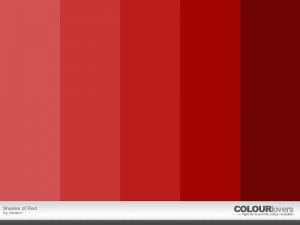After publishing a draft of the copyright law, the National Copyright Administration comes now with a A Brief Explanation concerning the Copyright Law of the People’s Republic of China (Revision Draft), translated by China Copyright and Media. It makes the copyright more complete but most things were already known.
This time let us look at the safe harbor provisions for network service providers, which were already promulgated in 2006 in the Regulation on the Protection of the Right to Network Dissemination of Information, and will probably be incorporated in the copyright law. The provisions exempt them from civil secondary liability of copyright infringements and related rights infringements. The Chinese safe harbor is broader than Title 17 U.S.C. section 512, Digital Millennium Copyright Act (DMCA) because it also includes the related rights performances and audio-visual recordings, and more narrower than Chapter 2, section 4, articles 12-15 Electronic Commerce Directive of the EU, because the latter applies horizontally, which means to all infringing online material.

Since primary and secondary liability is such a colourful subject, this author has used primary and secondary colours to show similarities of concept between the different jurisdictions.
DMCA (USA)
– transitory digital network communications
– system caching
– information residing on systems or networks at direction of users
– information location tools
– non-profit educational institutions
E-Commerce Directive (EU)
– mere conduit
– caching
– hosting
Network Dissemination Information Regulation (China)
– automatic access
– automatic storage
– information storage space to users, or services to the public
– searching or linking services
– educational institutions
Chinese networks that host can be exempted from civil liability if they have no actual nor constructed knowledge. In the Network Dissemination Information Regulation there is article 22 (1): “Having not known and having no justified reason to know that the works, performances, or audio-visual recordings provided by the service object have infringed upon an other’s right;”
In the DMCA the constructed knowledge (Red flag) provision is § 512(c)(1)(A)(ii): limiting liability where, “in the absence of such actual knowledge, [the service provider] is not aware of facts or circumstances from which infringing activity is apparent”.
Almost the same wording can be found in the E-Commerce Directive the constructed knowledge provision can be found in article 14 (a): “the provider does not have actual knowledge of illegal activity or information and, as regards claims for damages, is not aware of facts or circumstances from which the illegal activity or information is apparent“.
In Viacom v. YouTube, that was decided April 5, 2012 by the Court of Appeals for the Second Circuit, it was formulated eloquently: “The difference between actual and red flag knowledge is thus not between specific and generalized knowledge, but instead between a subjective and an objective standard. In other words, the actual knowledge provision turns on whether the provider actually or “subjectively” knew of specific infringement, while the red flag provision turns on whether the provider was subjectively aware of facts that would have made the specific infringement “objectively” obvious to a reasonable person.”
UPDATE: April 8, 2012, translation of Copyright Law of the People’s Republic of China has been uploaded on China Copyright and Media here, and includes:
Article 69: “When network service providers provide storage, search, linking and other purely technological network services to network users, they do not bear a duty to examine for information concerning copyright or related rights.
Where network users utilize network services to conduct activities infringing copyright or related rights, the infringed person may notify the network service provider in writing, and require it to adopt necessary measures such as deletion, shielding, breaking links, etc. Where the network service provider adopts the necessary measures timely after receipt of the notification, it does not bear responsibility for compensation; where it does not timely adopt the necessary measures, it bears joint responsibility with the said network user.
Where network service providers know or should know that network users use their network services to infringe copyright, and do not adopt necessary measures, they bear joint liability with the said network users.”
Joint liability suggests the same gravitas as the liability of a primary infringer. This might be different from the U.S. and EU secondary liability.
